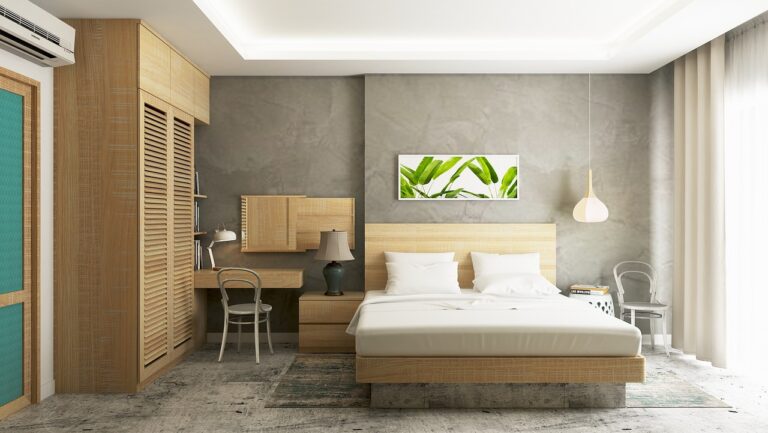Incorporating Universal Design Principles into Your Home: Making Spaces Accessible for All Ages and Abilities
Universal design is a concept that aims to create spaces and products that are accessible and usable by people of all ages and abilities. The principles of universal design focus on creating environments that are welcoming and inclusive for everyone, regardless of their physical or cognitive abilities. By incorporating features such as wide doorways, zero-step entrances, and lever door handles, universal design ensures that individuals with disabilities can navigate and interact with their surroundings comfortably and independently.
One of the key principles of universal design is flexibility. This principle emphasizes the importance of providing multiple ways for individuals to accomplish tasks or move throughout a space. Features like adjustable countertops, varied lighting options, and movable furniture all contribute to the overall flexibility of a universally designed environment. By prioritizing flexibility in design, spaces can be easily adapted to meet the changing needs of occupants, ensuring that everyone can fully participate and engage in their surroundings.
• Adjustable countertops
• Varied lighting options
• Movable furniture
Another important principle of universal design is simplicity. This principle highlights the need for clear and intuitive designs that are easy to understand and use for everyone. Simple layouts, straightforward signage, and consistent color schemes all help individuals navigate spaces more effectively. By eliminating unnecessary complexity in design, universal design ensures that people of all abilities can independently access and utilize different environments without confusion or frustration.
• Simple layouts
• Straightforward signage
• Consistent color schemes
In addition to flexibility and simplicity, universal design also emphasizes the importance of equitable use. This principle focuses on creating spaces and products that are accessible to people with diverse abilities without segregating or stigmatizing any group. Features like automatic doors, height-adjustable sinks, and tactile warning strips promote equal access for everyone. By prioritizing equitable use in design, universal design promotes independence, dignity, and respect for all individuals within a given environment.
• Automatic doors
• Height-adjustable sinks
• Tactile warning strips
Understanding the Importance of Accessibility in Home Design
Accessibility in home design is crucial for creating spaces that cater to the needs of all individuals, regardless of their age or ability. By incorporating accessible features into the design process, homes become more inclusive and safe for everyone. This not only enhances the quality of life for occupants but also ensures that individuals can navigate and utilize their living spaces independently and comfortably.
From wider doorways and ramps to lever-style door handles and grab bars in bathrooms, accessibility features play a significant role in accommodating individuals with mobility challenges or disabilities. These design elements not only promote independence but also offer peace of mind to residents and their families. By prioritizing accessibility in home design, homeowners can future-proof their spaces and adapt to any changing mobility needs that may arise over time.
Key Features of Universally Designed Homes
When designing a home with universal principles in mind, it is essential to prioritize ease of navigation throughout the space. Wide doorways and hallways are key features that ensure a wheelchair or walker can comfortably move through the home. Additionally, installing lever-style door handles and light switches at a lower height can improve accessibility for individuals with limited dexterity.
Another crucial feature of universally designed homes is the incorporation of a main floor bedroom and bathroom. This layout allows for a living space that can accommodate individuals with mobility issues or those who may struggle with stairs. Features such as a curbless shower with grab bars and a raised toilet can enhance the functionality and safety of the bathroom for all residents.
What is universal design?
Universal design is the concept of creating spaces that are accessible and usable by all people, regardless of age, ability, or mobility.
Why is accessibility important in home design?
Accessibility is important in home design because it allows individuals of all abilities to live comfortably and independently in their own homes. It also ensures that homes can be easily modified to accommodate changing needs.
What are some key features of universally designed homes?
Some key features of universally designed homes include wide doorways and hallways, zero-step entrances, lever-style door handles, grab bars in bathrooms, and adjustable countertops and shelves.
How can universal design principles benefit homeowners?
Universal design principles can benefit homeowners by increasing the usability and functionality of their homes, improving safety and accessibility, and allowing for aging in place without the need for costly renovations.






